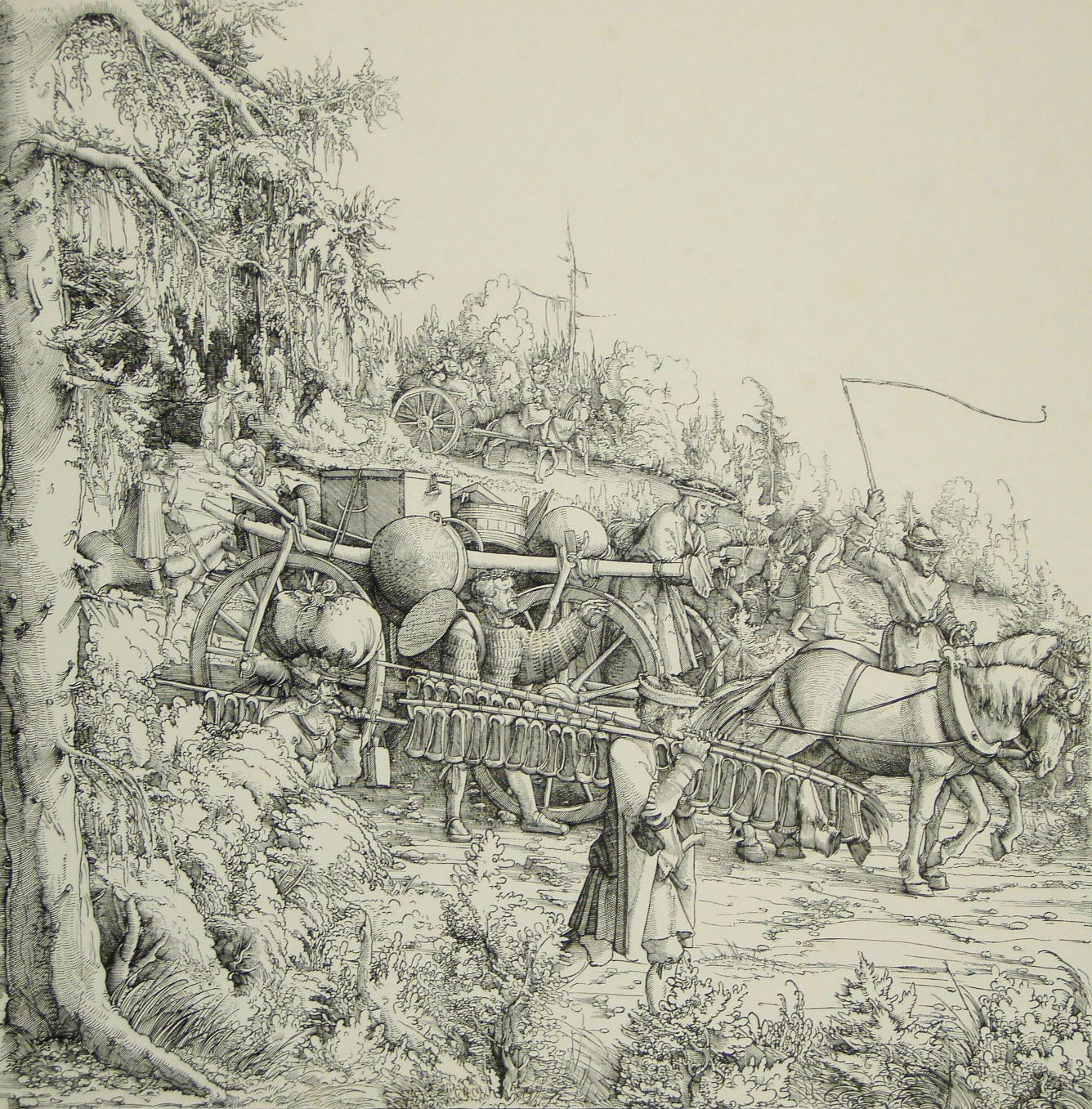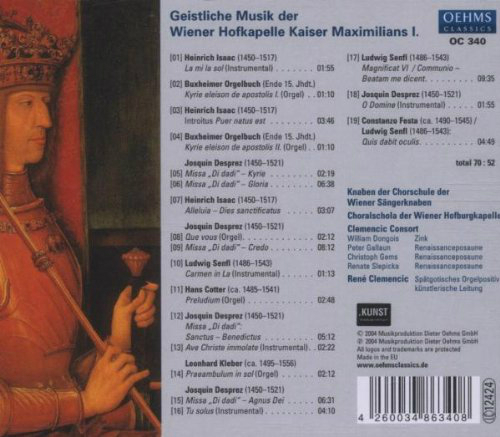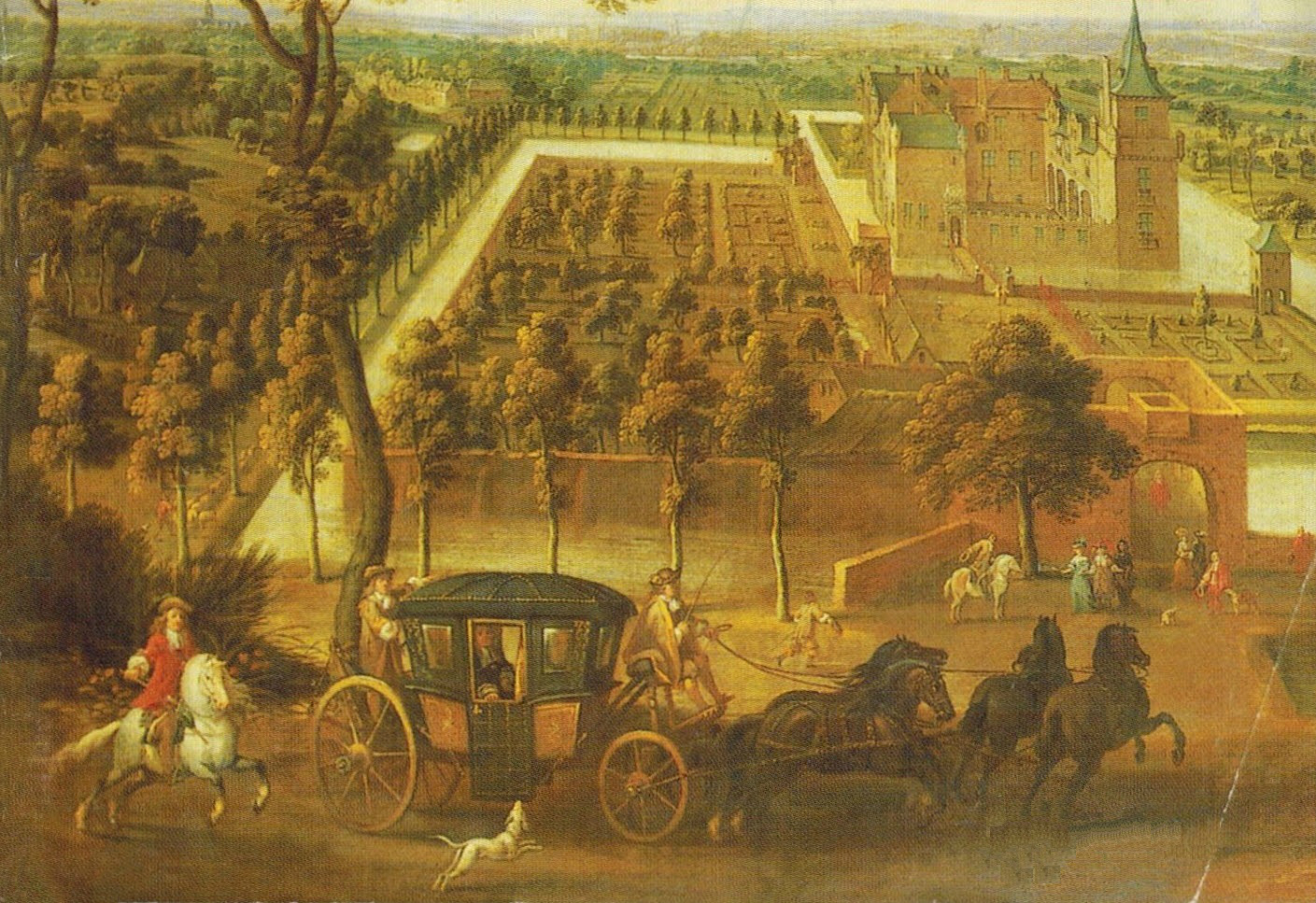
|
Geistliche Musik Der Wiener Hofkapelle Kaiser Maximilian I | |
|
앨범: 막시밀리안 1세 때 빈 왕궁 성당의 합창음악
Various Artist (2004 Oehms Classics)
1. La mi la sol - Track 전곡 연주 | |
|
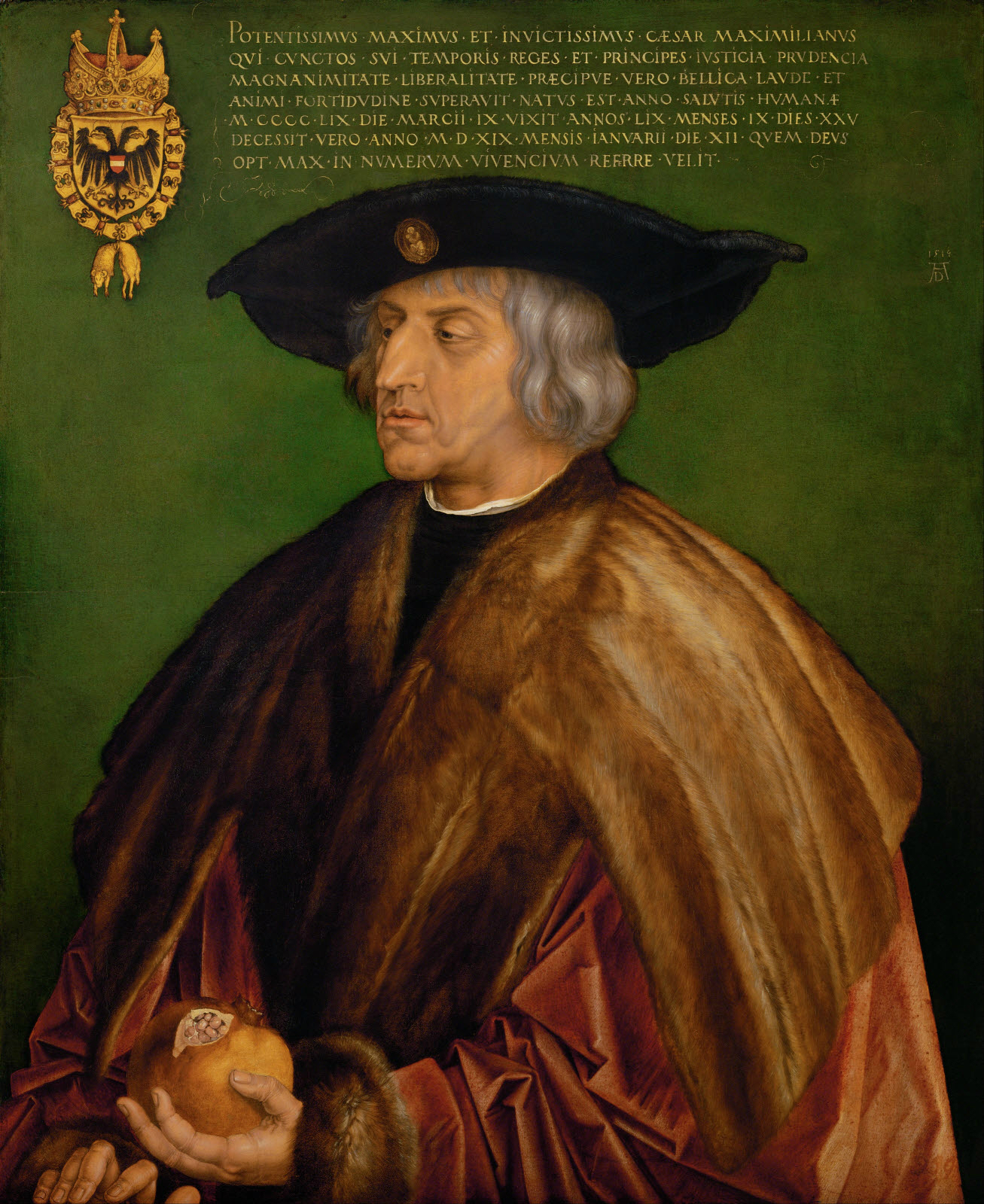
|
|
Album Title: Geistliche Musik Der Wiener Hofkapelle Kaiser Maximilian I (Sacred Music At The Vienna Court Chapel)
Composer: Heinrich Isaac, Anonymous, Josquin Des Préz, Ludwig Senfl, Buxheimer Orgelbuch, Leonhard Kleber, Hans Kotter, Costanzo Festa, et al.
Lyricist: The Bible, Bible - New Testament, Costanzo Festa, Mass Text
Conductor: René Clemencic (organ)
Performer: Christoph Gems, Peter Gallaun, Renate Slepicka, William Dongois
Ensemble: Clemencic Consort, Choraschola der Wiener Hofburgkapelle, Knaben der Chorschule der Wiener Sangerknaben
Audio CD (October 18, 2004)
Number of Discs: 1
Recorded in: Stereo
Spars Code: n/a, DDD
Label: Oehms Classics
Copyright: (C) 2004 Oehms Classics
Total Length: 1:10:25
Genres: Classical, Music, Chamber Music, Choral - Sacred, Choral - Secular, Instrumental
Period: Renaissance (1400-1600)
INTRODUCTION
Geistliche Musik der Wiener Hofkapelle Kaiser Maximilian I.
막시밀리안 1세 때 빈 왕궁 성당에의 합창음악
합창: 빈 소년 합창단
클레멘칙 콘소트, 지휘: 르네 클레멘칙 (On original instruments) |
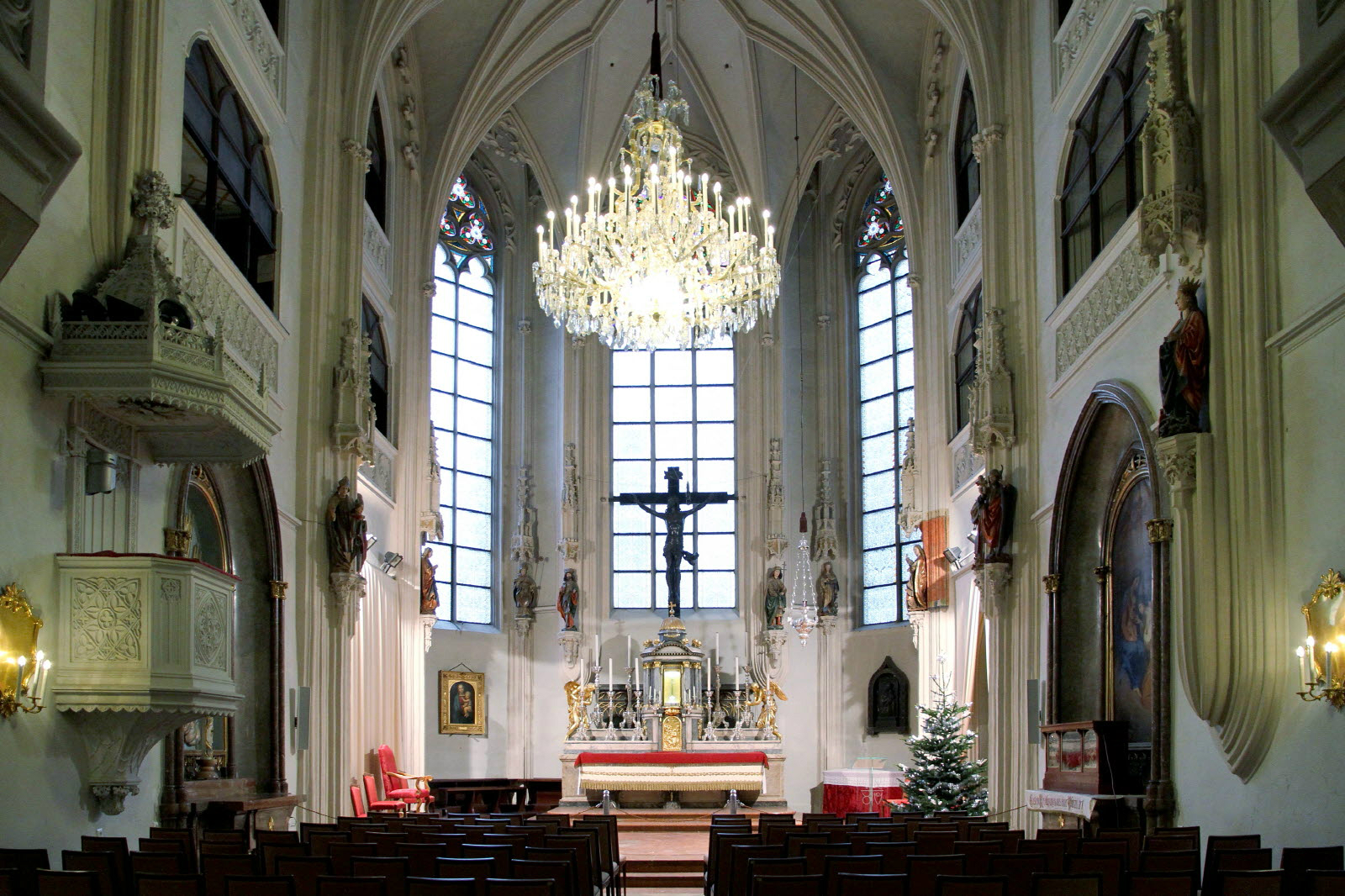
|
1. La mi la sol, la sol la mi (Instrumental) (1:57)
Composer Heinrich Isaac (1450 - 1517)
Conductor: René Clemencic
Performer Christoph Gems (Trombone)
Peter Gallaun (Trombone)
Renate Slepicka (Trombone),
William Dongois (Zink)
Ensemble Clemencic Consort
Period Renaissance
Written Italy
2. Buxheimer Orgelbuch (Ende 15 jhdt): Kyrie eleison de apostolis I. (Orgel) (1:11)
Composer Anonymous
Performer René Clemencic (organ)
Period Renaissance
Written Germany
3. Introitus Puer natus est nobis (3:48)
Composer Heinrich Isaac (1450 - 1517)
Lyricist Bible
Conductor René Clemencic
Ensemble Knaben der Chorschule der Wiener Sangerknaben & Choralschola Der Wiener Hofburgkapelle
Period Renaissance
4. Buxheimer Orgelbuch (Ende 15. Jhdt.): Kyrie eleison de apostolis II (1:01)
Composer Anonymous
Conductor René Clemencic (organ)
Period Renaissance
Written Germany
5-6. Missa di dadi (excerpts)
Composer Josquin Des Préz (1450 - 1521)
Lyricist Mass Text
Conductor René Clemencic
Ensemble Knaben der Chorschule der Wiener Sangerknaben & Choralschola Der Wiener Hofburgkapelle
Period Renaissance
5. Missa di dadi: Kyrie eleison (2:20)
6. Missa di dadi: Gloria in excelsis Deo (6:39)
7. Alleluia: Dies sanctificatus (3:08)
Composer Heinrich Isaac (1450 - 1517)
Lyricist Anonymous
Conductor René Clemencic (organ)
Ensemble Knaben der Chorschule der Wiener Sangerknaben & Choralschola Der Wiener Hofburgkapelle
Period Renaissance
8. Que vous ma dame (2:00)
Composer Josquin Des Préz (1450 - 1521)
Conductor: René Clemencic (organ)
Period: Renaissance
9. Missa di dadi: Credo in unum Deum (8:13)
Composer Josquin Des Préz (1450 - 1521)
Lyricist Mass Text
Conductor René Clemencic
Ensemble Knaben der Chorschule der Wiener Sangerknaben & Choralschola Der Wiener Hofburgkapelle
Period Renaissance
10. Carmen in la (1:14)
Composer Ludwig Senfl (1486 - 1543)
Conductor René Clemencic
Performer William Dongois (Zink)
Peter Gallaun (Trombone)
Christoph Gems (Trombone)
Renate Slepicka (Trombone)
Ensemble Clemencic Consort
Period Renaissance
Written 16th Century; Germany
11. Preludium (Orgel) (2:49)
Composer Hans Kotter (ca. 1485 - 1541)
Performer René Clemencic (organ)
12. Missa di dadi: Sanctus - Benedictus (5:13)
Composer Josquin Des Préz (1450 - 1521)
Lyricist Mass Text
Conductor René Clemencic
Ensemble Knaben der Chorschule der Wiener Sangerknaben & Choralschola Der Wiener Hofburgkapelle
Period Renaissance
13. Ave Christe immolate (Instrumental) (2:23)
Composer Josquin Des Préz (1450 - 1521)
Conductor René Clemencic
Performer Renate Slepicka (Trombone)
Christoph Gems (Trombone)
William Dongois (Zink)
Peter Gallaun (Trombone)
Ensemble Clemencic Consort
Period Renaissance
14. Preaembulum in sol (Orgel) (1:25)
Composer Leonhard Kleber (ca. 1495 - 1556)
Performer René Clemencic (organ)
15. Missa di dadi: Agnus Dei (6:31)
Composer Josquin Des Préz (1450 - 1521)
Lyricist Mass Text
Conductor René Clemencic
Ensemble Knaben der Chorschule der Wiener Sangerknaben & Choralschola Der Wiener Hofburgkapelle
Period Renaissance
16. Tu solus qui facis mirabilia (Instrumental) (4:12)
Composer Josquin Des Préz (1450 - 1521)
Conductor René Clemencic
Performer Renate Slepicka (Trombone)
Christoph Gems (Trombone)
William Dongois (Zink)
Peter Gallaun (Trombone)
Ensemble Clemencic Consort
Period Renaissance
17. Magnificat VI: Communio - Beatam me dicent (9:36)
Composer Ludwig Senfl (1486 - 1543)
Lyricist Bible - New Testament
Conductor René Clemencic
Ensemble Knaben der Chorschule der Wiener Sangerknaben & Choralschola Der Wiener Hofburgkapelle
Period Renaissance
Written by 1537; Germany
18. O Domine Jesu Christe (Instrumental) (1:56)
Composer Josquin Des Préz (1450 - 1521)
Conductor René Clemencic
Performer Renate Slepicka (Trombone)
Christoph Gems (Trombone)
William Dongois (Zink)
Peter Gallaun (Trombone)
Ensemble Clemencic Consort
Period Renaissance
19. Quis dabit oculis (attrib. to Senfl) (4:50)
Composer Costanzo Festa (ca. 1490 - 1545) / Ludwig Senfl (1486 - 1543)
Lyricist Costanzo Festa
Conductor René Clemencic
Ensemble Knaben der Chorschule der Wiener Sangerknaben & Choralschola Der Wiener Hofburgkapelle
Period Renaissance
Written by 1514; Italy | |
Notes on the Works
The period around 1500 is a turning-point. Janus-like, it looks back to the middle ages and forwards to the new age, Gothic and Renaissance, ending and new beginning. The Vienna Hofkapelle (Court Chapel) of Kaiser Maximilian I. stands at the apex of these changes. By 1496 Maximilian, emperor since 1493, had sent a part of his imperial chapel establishment to Vienna, together with the highly renowned composer, Heinrich Isaac. It was formally established in July 1498. Vienna became its permanent seat.
At the core of the chapel establishment was the choir, a vocal ensemble of men and boys brought together for the performance of highly evolved, polyphonic sacred music. It was supported by trumpets and trombones. Among the organists attached to it towered Maximilian’s personal organist, Paul Hofhaimer. The first Kapellmeister to be appointed was Georg Slatkonia from Laibach, later Bishop of Vienna. The well-educated and highly-organised Slatkonia remained principal Kapellmeister even after his appointment as Bishop. Heinrich Isaac was Court Composer until his death in 1517, and was succeeded in office by his pupil Ludwig Senfl.
In this recording we place alongside composition by Maximlian’s Hofkapellmeisters Heinrich Isaac and Ludwig Senfl a Mass by Josquin Desprez. “Josquin is the master of the notes, which must do as he wills it; the other composers have to do as the notes will it.” (Martin Luther)
The Missa “di dadi” is in the third book of Josquin Masses, which first appeared in 1514–1516 published by Petrucci in Venice. The Mass is a so-called ‘cantus firmus’ Mass: the cantus firmus, a short melodic fragment, literally repeated in almost every section, permeates the whole work as a kind of spiritual bonding. It is however almost concealed within the inner parts. This cantus firmus corresponds to the beginning of the tenor part of the chanson N’auray je jamais mieulx by Robert Morton, the English musician active in Burgundy between 1457 and 1476.
Following the usage of the period, Josquin’s Missa “di dadi”, the Ordinary of the Mass, is accompanied by a selection of Mass Propers and instrumental versions of motets, so as to create a meaningful whole.
The inserted sung Propers are by Heinrich Isaac. The Introit and Alleluia are taken from the great “Choralis Constantinus”, composed in part for Constance Cathedral but mostly for the Vienna Hofkapelle. Basic plainsong melodic structures are artfully worked out in mostly four-part imitative writing. Sometimes the plainsong structure appears almost unaltered in long, cantus firmus note-values.
The Magnificat is by Ludwig Senfl. His Magnificat sexti toni artfully elaborates the plainsong Magnificat melody in mostly fourpart writing. Full account is taken of declamatory style and renaissance tonal sensibilities in the subtle contrapuntal writing.
The instrumental contributions present instrumental versions of motets by Josquin, Isaac and Senfl, according to the usage of the period. The organ pieces are intabulations of contemporary motets or original instrumental pieces.
The funeral ode Quis dabit oculis was composed by the Italian genius Constanzo Festa, (whose works are often confused with Josquin’s) for the funeral of Ann of England, wife of the French King Louis XII. Senfl used the music, with slight alterations appropriate for the occasion, for the funeral ode on the death of Emperor Maximilian I (1519).
In this recording the music is performed from the original Renaissance notation with mensuration which, in order not to disturb the onward flow, has no bar-lines and no full score (see illustrations on page 15 & 17).
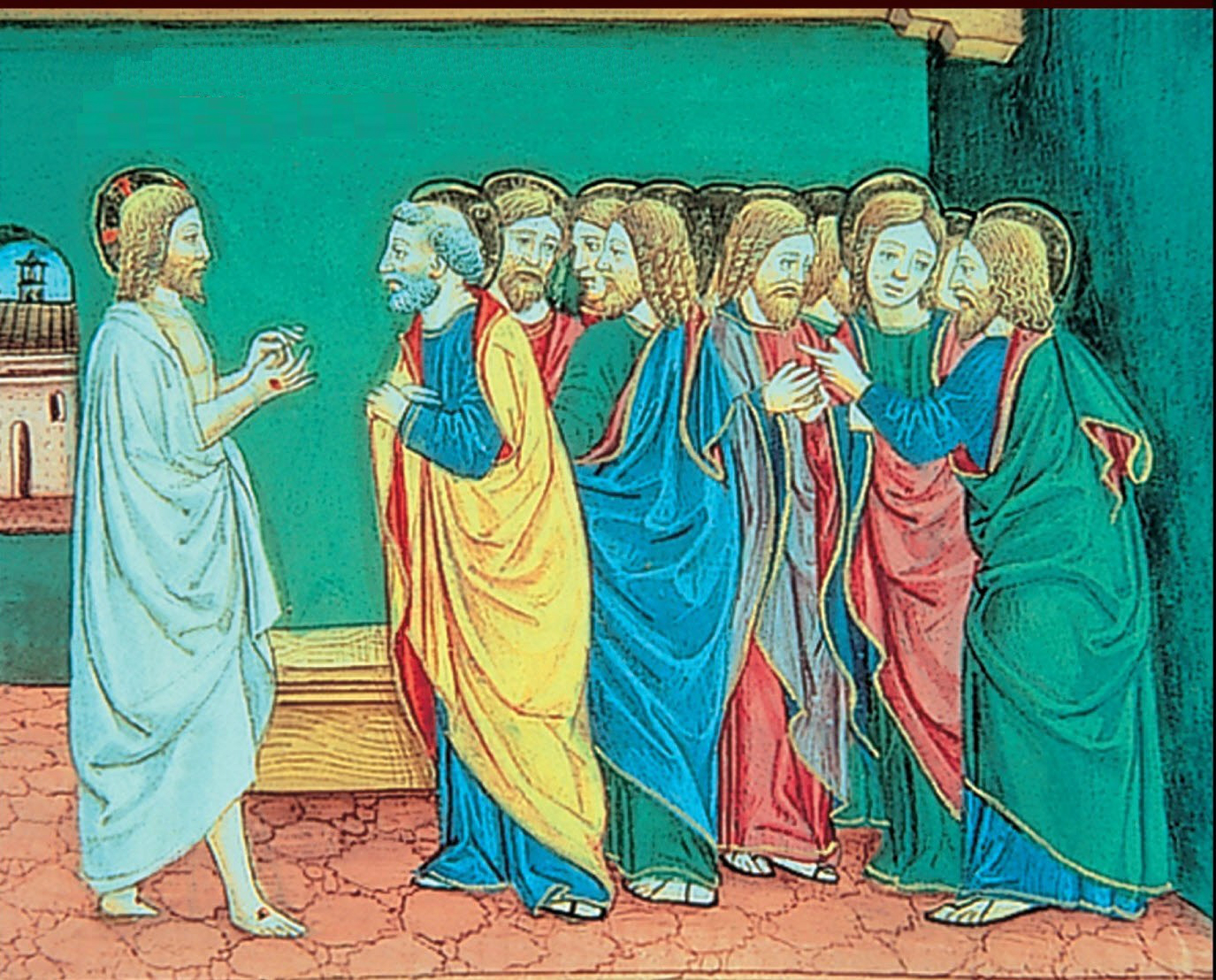
 잘생긴 꾀꼬리 꽃미남 리차드강 어리버리 돈키호테. 잘생긴 꾀꼬리 꽃미남 리차드강 어리버리 돈키호테.
|




